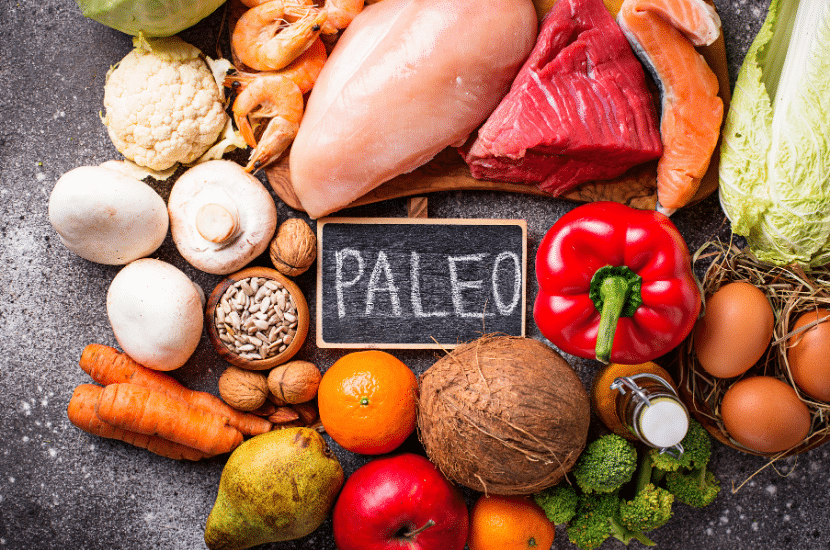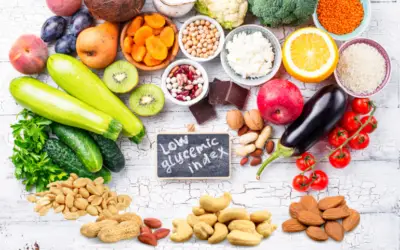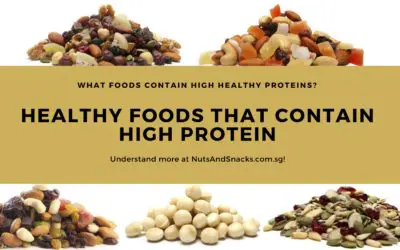
Paleo Diet 101 And What Kind Of Nuts To Eat?
A paleo diet is relatively unheard of, but it is a simple diet that is explained by its alternative name, “caveman diet”. It essentially entails consuming whole foods and the avoidance of processed food that were not available to hunters in the past. Read on to find out more about what a paleo diet entails, it’s benefits and the nuts that you can consume for this diet.
What it is
This dietary food plan is based on what the human hunters and gatherers ate during the Paleolithic Age, which was some 2.5 million years to 10 000 years ago. It is not known, what kind of foods that the paleolithic humans ate, but one thing is for sure – they do not eat processed food high in fats and sodium. In its purest form, a paleo diet consists of food that are only sourced from gathering and hunting, but not farming. Hence, some would not consume grains, legumes and diary products. As such, a paleo diet is also gluten-free. Being gluten free means that the meal or food item does not contain wheat and grains. You may read our blog for more information on what is gluten-free. The paleo diet is founded on the premise that modern food production and agriculture have led to unhealthy consumption of unhealthy and processed food, which leads to obesity and chronic illnesses. Hence, by consuming whole foods, it could reverse these ill effects and lead to a better health.
Health Benefits
Although the paleo diet was not designed for weight loss, but a study on 70 women who followed the paleo diet for six months showed a reduction of 6.5 kg of fat, and a remarkable reduction in belly fat. This is probably due to the cutting down of unhealthy foods such as processed food, canned food, sweet drinks, cakes and snacks. Since the diet is high in protein, it reduces the levels of a “hunger hormone” called ghrelin, hence curbing appetite and allowing you to feel full for longer periods. The paleo diet may also help to control blood sugar levels. In a 2015 study published in the European Journal of Clinical Nutrition, participants with type 2 diabetes who followed the paleo diet for two weeks had improvements in insulin sensitivity, their blood sugar levels as well as their blood lipid levels. Hence, the paleo diet is beneficial for controlling blood sugar levels. Lastly, the paleo diet may also reduce the risk of developing heart illness, as shown in a study which conducted on 20 people with high cholesterol levels. They followed the diet for four months and experienced higher “good” cholesterol levels, reduced triglyceride levels and lower “bad” cholesterol levels, therefore indicating a lower risk of developing heart illness.
Paleo nutritional requirements
Now that we have seen the benefits of the paleo diet, let us delve into the basic components and requirements of the diet.
High protein intake
The paleo diet consists of high amounts of proteins, since the hunter gatherers hunted for any kind of animals that they came across. It is also best for your proteins to be organic, as this suggests that the animals were raised without being fed harmful substances. You may consume a wide variety of proteins such as beef, pork, lamb, venison, wild boar, rabbit, chicken, turkey etc.
Low carbohydrate intake
Food that has high glycemic index should be avoided. However, non-starchy vegetables such as sweet potatoes, yams, and fruits such as grapes, pears, peaches and mangos can be eaten.
Moderate fat intake
Unhealthy saturated fats should be avoided. Plant-based fats from nuts and seeds can be eaten, as they are polyunsaturated fats and monosaturated fats that reduces cholesterol levels, therefore promoting heart health. Almonds are suitable for this diet, as they contain high amounts of vitamin E, antioxidants, and monosaturated fats that boosts the immunity and reduces the risk of developing heart illness. Macadamias are also suitable since 82.6 percent of the fat content are monosaturated fats. Macadamia nuts also contain soluble fiber that sustains the good bacteria in the gut, enabling the gut to function well. Walnuts are one of the healthiest nuts to consume, containing alpha-linolenic acid (ALA) that helps to reduce inflammation and promote heart and brain health. Walnuts also contain copper which is good for the growth of red blood cells and the prevention of heart illness. Cashew nuts also contain monosaturated fats that reduces triglyceride levels and promotes heart health. Lastly, pine nuts are also suitable for a paleo diet, as they contain a type of fatty acids that releases an appetite suppressing hormone known as cholecystokinin. They also contain protein, iron and magnesium that helps to boost your energy levels. Remember to consume nuts in moderation to avoid overloading your calories.
Low sodium intake
Too much sodium is unhealthy, as it may cause high blood pressure and kidney failure. The paleo diet is rich in potassium rather than sodium, due to the avoidance of sodium-rich processed food and the intake of more vegetables and fruits which are high in potassium. These fruits and vegetables are also phytochemicals, that are rich in antioxidants which can help to prevent cellular damage and reduce the risk of developing cancer.
Limitations
There has not been enough research to support the long-term benefits of this diet. There may also not be sufficient calcium for your daily needs, due to the omittance of dairy products. However, the lack of calcium intake can be remedied by consuming other calcium containing foods such as salmon and spinach.
Conclusion
All in all, the paleo diet is a healthy diet to follow, since it cuts down on processed and junk food, focusing instead on whole, organic food and vegetables. It is entirely up to your discretion, the extent that you want to keep up with in this diet as it depends on your health levels and budget, amongst many other factors. It is recommended to go into this diet incrementally, so as to allow your body to slowly adjust to the changes. We wish you all the best in your health journey!






